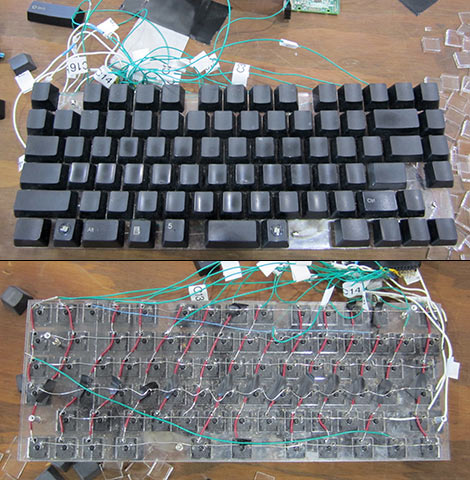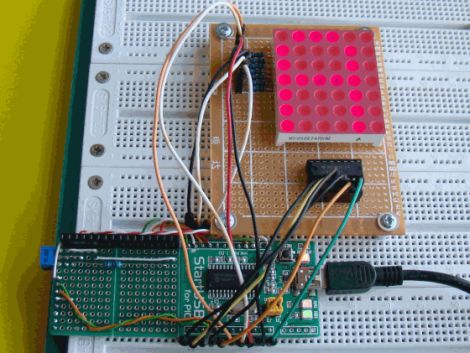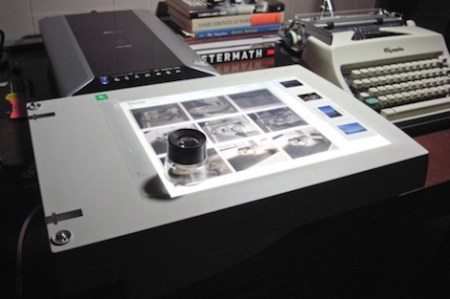
In the early 80s, millions of terminals were handed out to French telephone subscribers. Nearly 9 million of these Minitel dumb terminals were in use at one time, and with that degree of ubiquity, we’re surprised we haven’t heard of them before. These boxes were usually connected to the outside world through their internal 1200bps modem, but [O. Blt] came up with this build (Google Translate link) so he could connect to a local machine with an RS-232 port.
After digging up the pinout for the Minitel’s DIN-8 port, [O. Blt] designed a little board around a MAX232 chip scavenged from an old motherboard. Of course there was a need to get the terminal to do something, so [O. Blt] used the Minitel as a display and remote control for Winamp. The project was successful, but not very useful – at 1200 bps, the refresh is very, very slow.
American readers may remember connecting to the Minitel network with their Apple ][s and C64s with CommunityLink, but this service was driven out of the market by the giants of pre-web dial-up, Prodigy and Compuserve. In any case, after seeing the AZERTY and alphabetic keyboard layouts of these old boxes gives us a feeling of nostalgia for a time before everything dealing with computers was standardized.
















